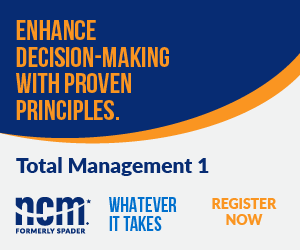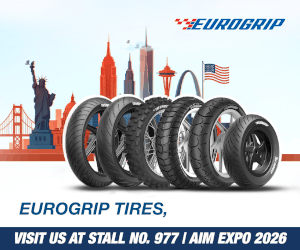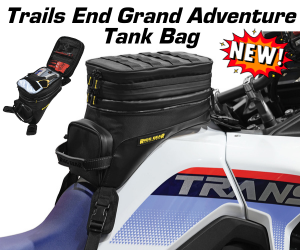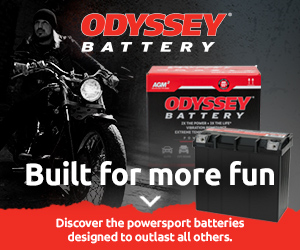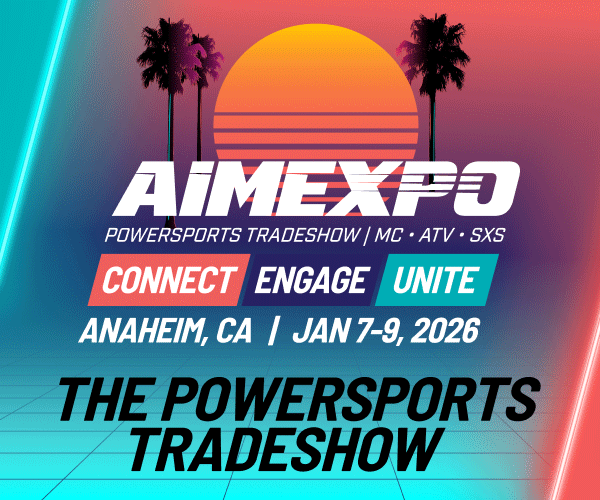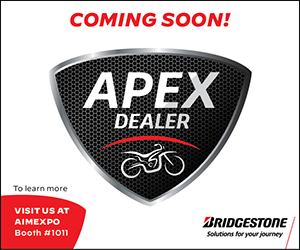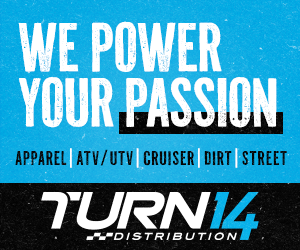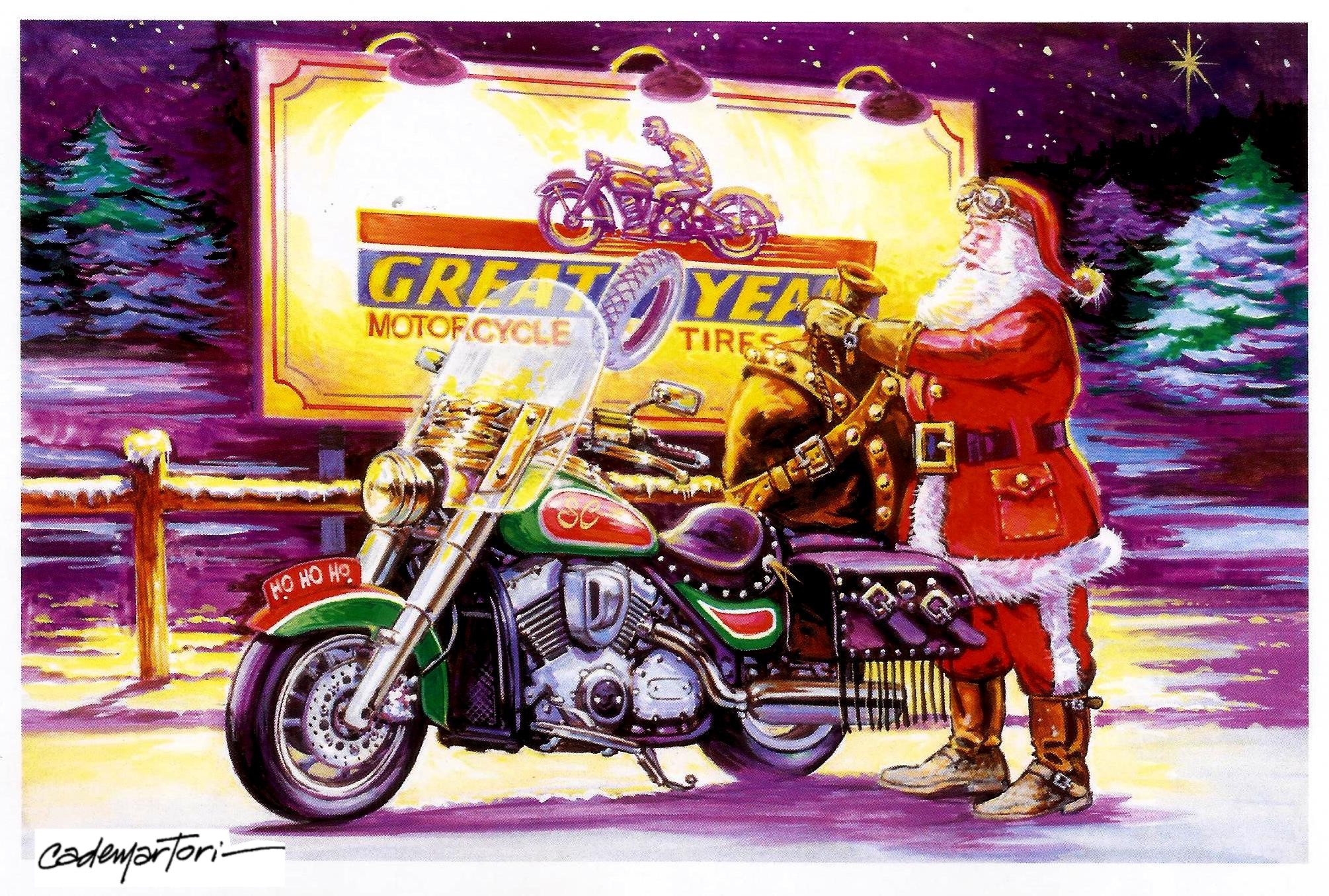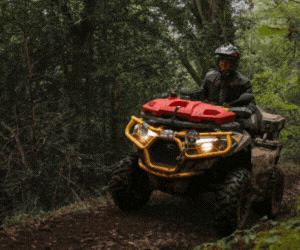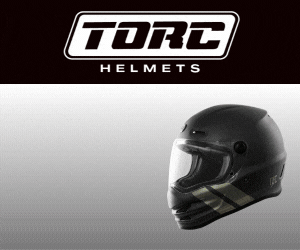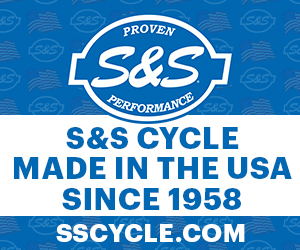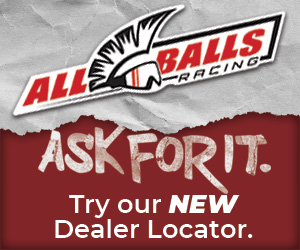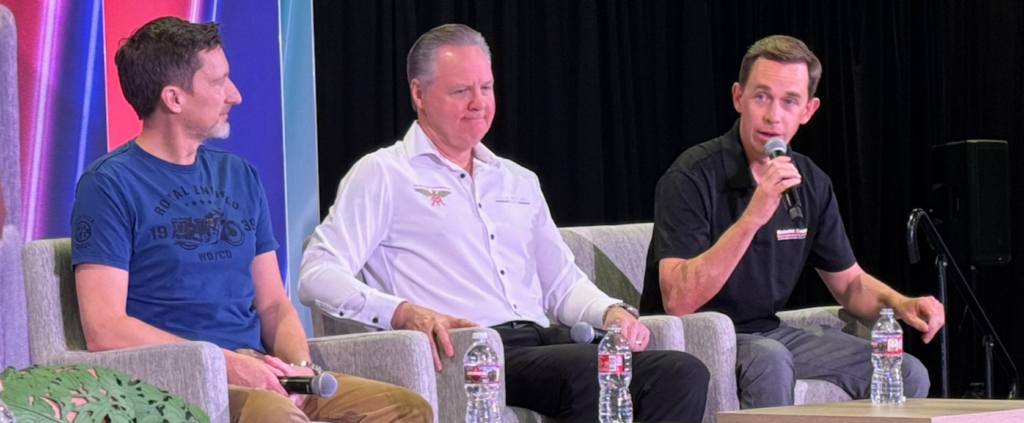
“The simple answer is getting more handlebars into more kids’ hands, but how do we do that?” says Alexander Smith. “At the dealership we really try hard to provide a really good road map for what we call our ‘never-ever kids’ and our ‘never-ever parents.’ So how do we get to those people, provide a really clear road map for ‘this is how you start and this is what you do, this is where you go riding?'”
Rider training is part of that road map and Clifford said that the Motorcycle Safety Foundation has an important role to play.
With new-motorcycle sales settling back to pre-COVID levels, and the industry striving to boost them, three expert panelists addressed market expansion yesterday at AIMExpo. Ross Clifford, Business Head – Americas at Royal Enfield, joined Chris McGee, Chief Operating Officer at Moto Morini, and Alexander Smith, General Manager of Malcolm Smith Motorsports up on the Disruptive Thinking Stage.
“Historically, a lot of OEMs have basically sold some cheap bikes to MSF schools and hoped that (it would lead) to building the industry,” Clifford said. “I think we’ve got to do more than that. Clearly we have to support MSF and try to drive more new riders to go get trained, to engage. Grassroots, that’s really key, trying to be available, trying to be visible to people. But I think we also have to sort of position to the new riders what motorcycling can be to us. It’s a generational shift. If you look at the younger generation, think about how great motorcycles are. You go for a motorcycle ride, it cleanses your brain, you feel great about it. The newer generation now is really focused on mental health. How can we focus on different elements that can engage people with motorcycles? We’ve got to do collectively more as an industry.”
“I think a lot of the OEMs are thinking about this and addressing it in their own way,” Smith said. “I think the lower-cost, entry-level bikes are a great start. As dealers, we need to all look at ourselves and say ‘what do we need to do to adjust to this problem,’ because we can’t just point to the OEMs. It’s our problem, too. We need to get out there, do more grassroots events, get more butts on seats, get more kids riding, get more young people riding. And we do that, really, by doing events that are focused on that ‘never-ever’ conquest consumer.”
McGee and Clifford both offered thoughts on what OEMs and brands can do.
“The buyer of today, especially if maybe we’re looking at a new rider or a reentry rider, I don’t know if all that brand connection is really that important – ‘I’m going to ride this because my dad rode that, I’m going to ride this because my buddies rode that,'” McGee said. “So, what is the experience I’m having at the dealer and what is a brand I can identify with now? A lot of the younger consumers or the reentry riders…they’re looking for that connection.”
“Entry-level doesn’t mean a boring bike,” Clifford said. “Entry-level shouldn’t mean a generic bike that doesn’t stand out. There’s now great brands out there with really premium, superb products that are more accessible. I think as an industry, we need to think about that. Dealers need to make money. Need to find a brand that can give you that profitable segment in that entry-level owner.”



